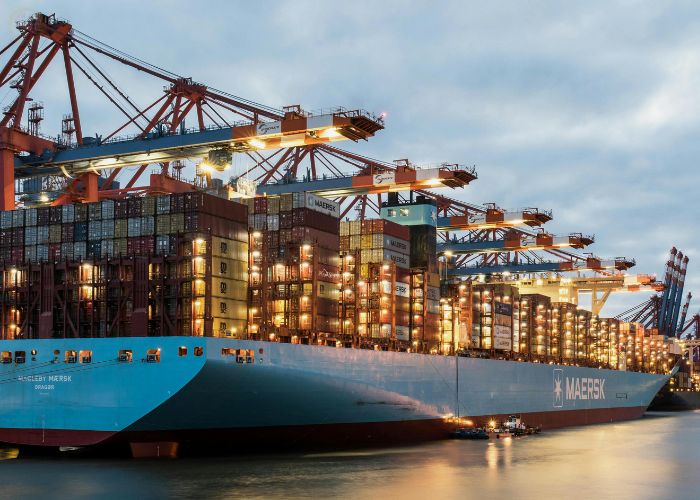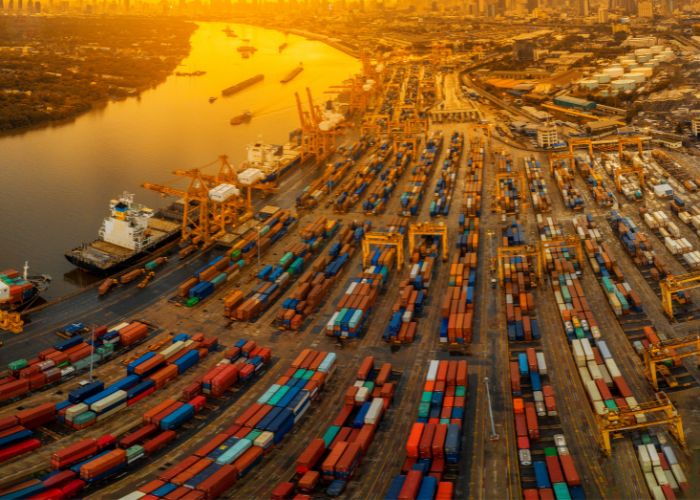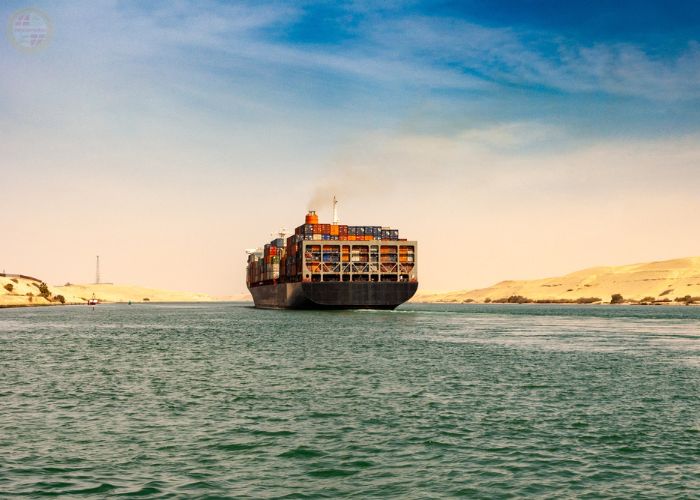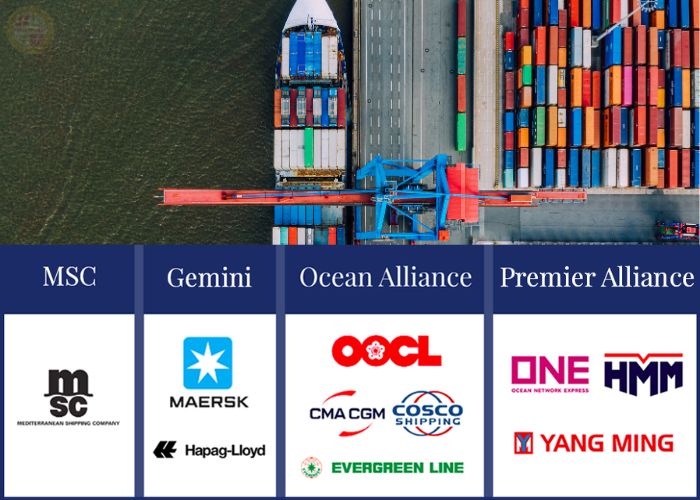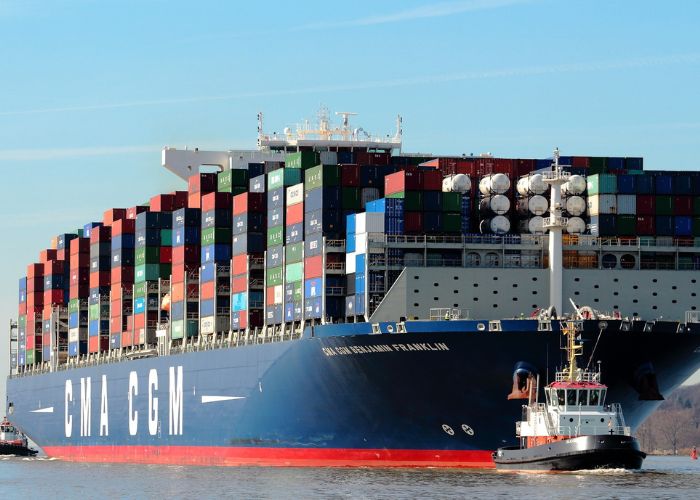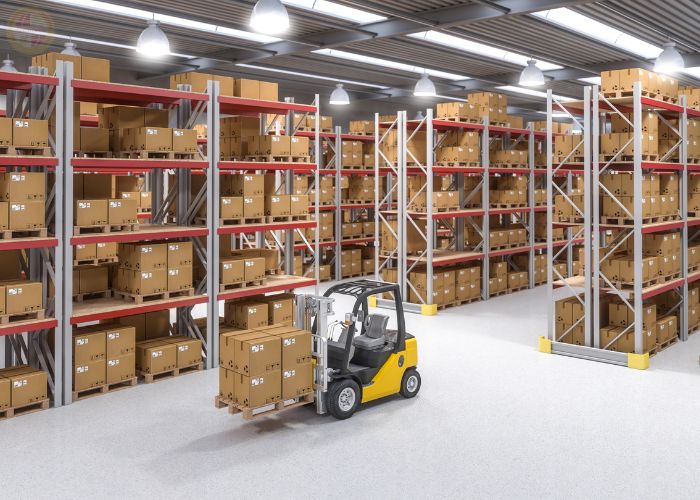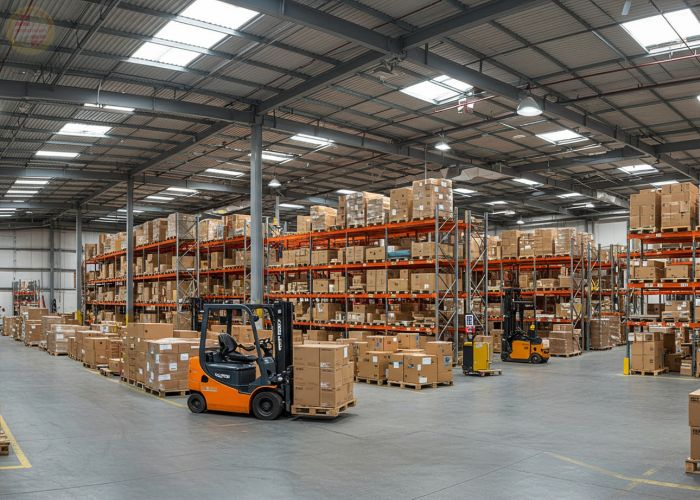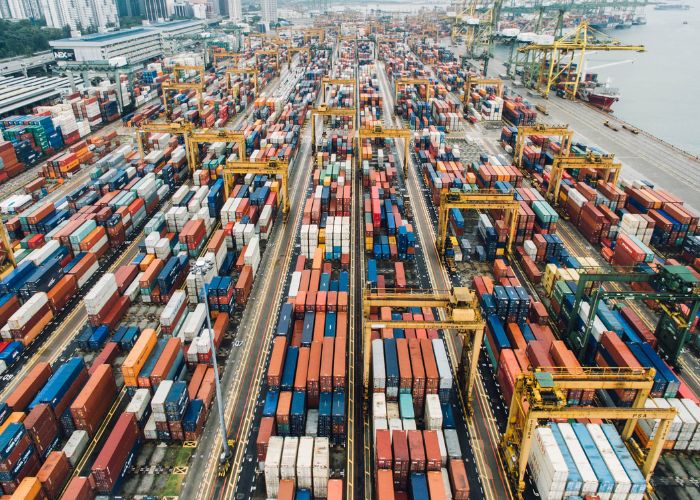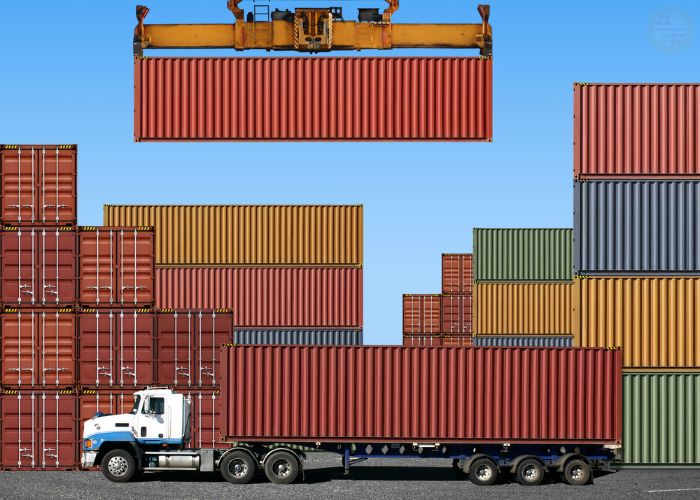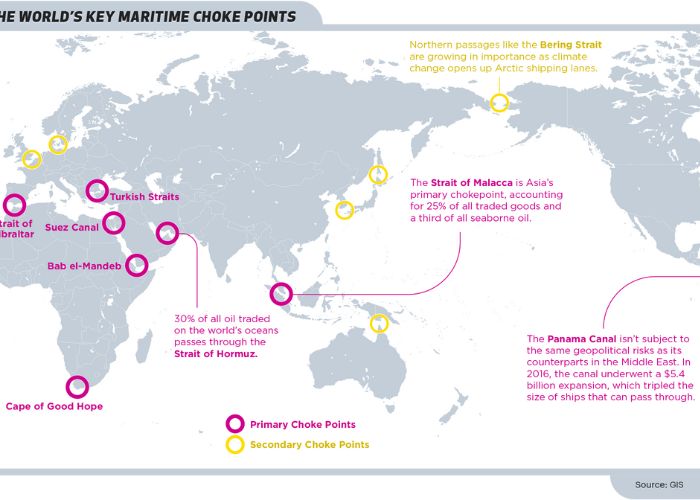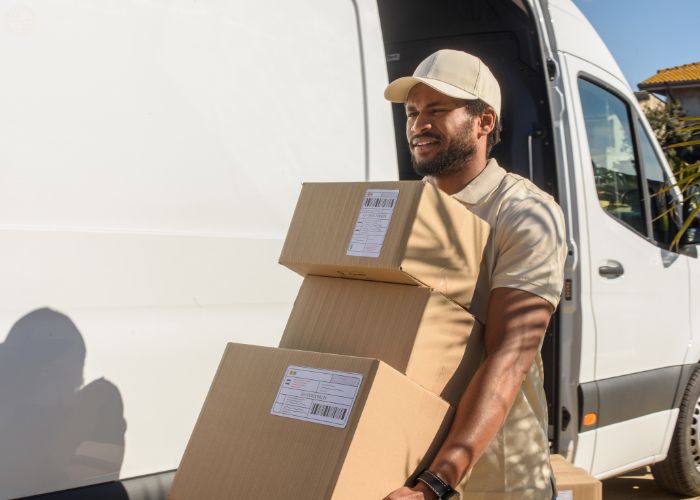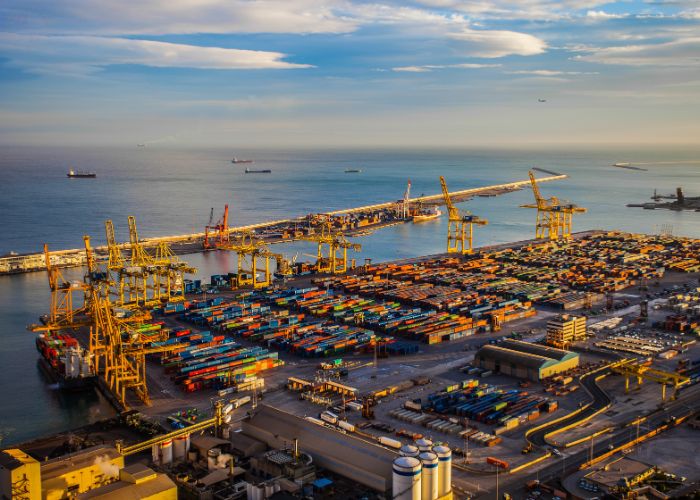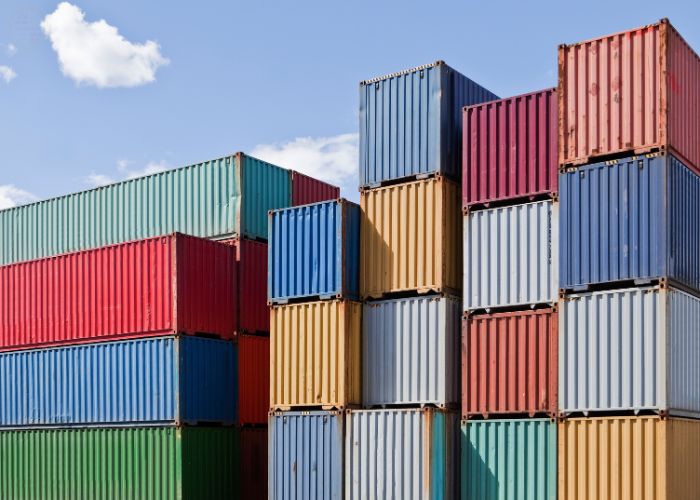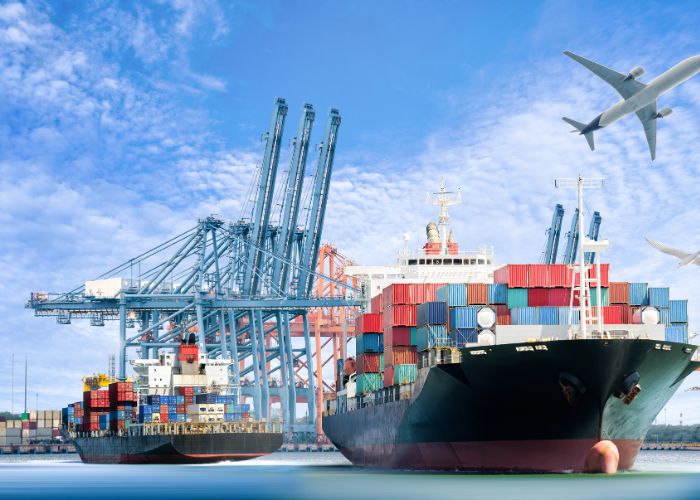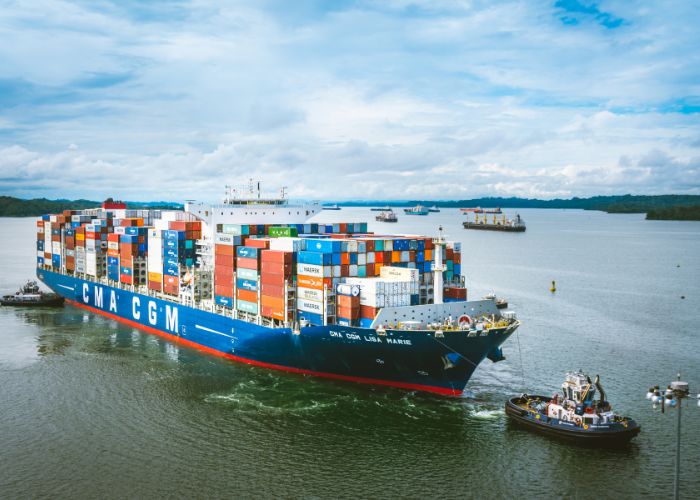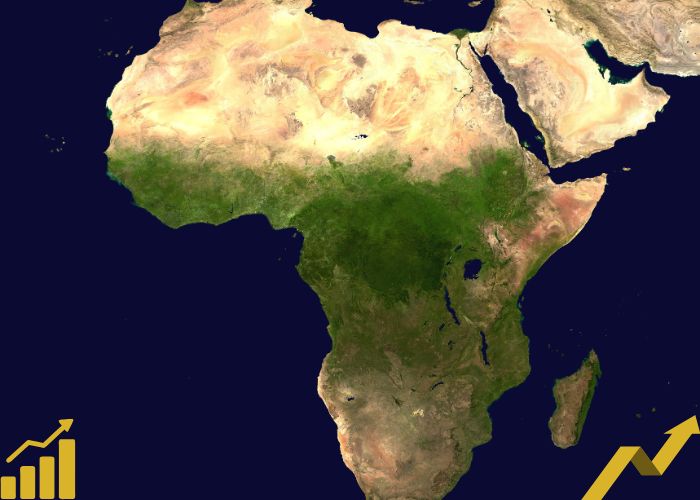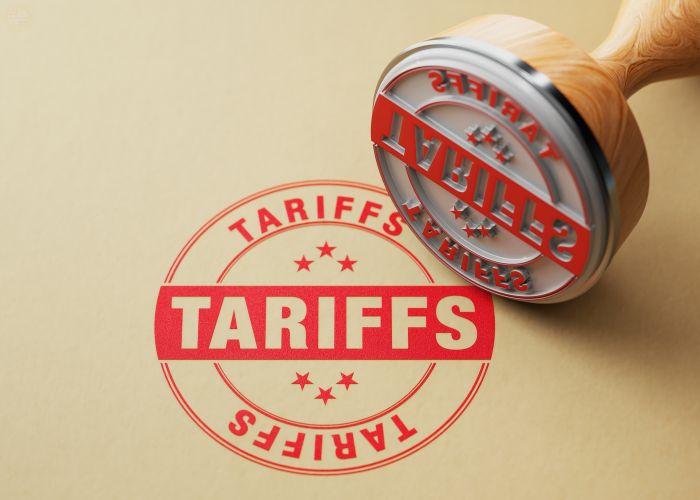Maersk has completed its first commercial voyage through the Red Sea in nearly two years, marking a notable moment for global shipping following prolonged disruptions linked to regional security risks.While this single transit does not indicate a full reopening of the Red Sea route, it represents a cautious and closely monitored step....
Global trade is rarely static, but the pace and complexity of recent changes signal something more structural than short-term disruption. As freight volumes rise, routes adjust, and capacity decisions evolve, supply chains are entering a transition phase that will define how businesses operate into 2026...
Global air cargo volumes continued to show solid momentum in November, reinforcing a steady growth pattern heading into the final quarter of the year. According to the latest WorldACD market data, worldwide air cargo tonnages in November increased by 5% year-on-year, an improvement on the 4% growth recorded in both September...
Global shipping is set for a major shift as key ocean carriers begin preparing to resume full-capacity operations through the Suez Canal. Maersk and Hapag-Lloyd are closely monitoring regional security with potential trial transits in December 2025, while CMA CGM has already completed successful test passages—signaling renewed...
In October 2025, global industry schedule reliability declined M/M by -3.5 percentage points to 61.4%. This is only the second major M/M decline in 2025 and comes after three consecutive months of stable global schedule reliability. On a Y/Y level, schedule reliability was up 11.1 percentage points. The average delay for LATE vessel arrivals...
The ultra-large container vessel CMA CGM Benjamin Franklin, with a capacity of approximately 17,859 TEU, has successfully transited the Red Sea via the Suez/Red Sea corridor on its route from Europe to Asia. This marks the first time in nearly two years that a ship of this size has used the route following the spate of militant attacks...
The acquisition of an adequate warehouse facility, which can cost well into the millions of shillings even for a modestly sized space, is an expensive endeavor. Think about all the factors to consider in warehouse layout alone! Additionally, there are ancillary expenses like equipment purchases, building maintenance, and staffing costs...
Are you looking for a well-suited warehouse facility that fits your kind of goods, operations and growth plans? We have an upcoming project which will feature more than 270,000 sqft of warehouse space adjacent to our current facility in Syokimau. The project will commence mid-2026 and you have an opportunity to have the facility designed...
Client-owned warehouse management services involve a third-party logistics (3PL) provider like Freightways Global Solutions managing a client's inventory within the client's own warehouse or facility. These services can include professional storage, inventory control, and customized solutions...
The World Bank's latest Container Port Performance Index (CPPI), published in September 2025 and covering the period from 2020 to 2024, highlights that port efficiency declined slightly in 2024 due to shocks like the Red Sea crisis and disruptions at the Panama Canal, yet improvements were noted in some regions...
Global container rates are plunging in October 2025 due to slowing demand, overcapacity, and weak trade volumes, with Drewry's World Container Index showing significant declines for the 16th consecutive week. This trend is driven by consumer concerns, tariffs on US trade, and carriers reducing capacity through blank sailings to align with reduced demand ...
In the intricate web of global trade, container shipping routes serve as the essential arteries, ensuring the seamless flow of goods across continents. These maritime highways, bustling with colossal vessels, connect the world’s major economic hubs and facilitate the movement of everything from everyday commodities ...
In recent years, numerous incidents have disrupted the world’s most important trade waterways, impacting supply chains across industries and economies. The upheavals include COVID-19 pandemic lockdowns, the Ever Given getting stuck in the Suez Canal, persistent drought at the Panama Canal...
The “last mile” is the most critical—and costly—part of logistics, making up over 50% of delivery costs. Rising customer expectations, urban congestion, and sustainability demands are reshaping how companies approach it. At Freightways, we’re helping businesses turn last-mile challenges into opportunities..
Peak shipping season is the busiest time of year for businesses involved in shipping and logistics. It’s a period marked by a surge in demand for delivery services. This peak period typically occurs in the last quarter of the year, leading up to the holiday season.For businesses, navigating this season effectively is crucial ...
Drewry's World Container Index (WCI) declined for the tenth consecutive week, continuing to stabilize after a volatile period. The instability began after US tariffs were announced in April, which caused rates to surge from May through early June. This was followed by a sharp decline until mid-July, after which the downward trend slowed.
Shipping alliances are strategic partnerships among ocean carriers that optimize operations through vessel sharing, expanded network coverage, and cost efficiencies. Shipping alliances shape global trade by influencing freight rates, routes, and supply chain efficiency—learn how recent shifts impact logistics.
Red Sea transit is highly disrupted in August 2025 due to resumed Houthi attacks, which resumed in July 2025 after a period of calm, leading to most ships rerouting via the Cape of Good Hope. Although there are ongoing multinational security efforts, the escalating threat means the route remains dangerous for commercial vessels.
Trade between African countries rebounded strongly in 2024, growing by 12.4% to reach $220.3 billion, marking a solid recovery after a 5.9% contraction in 2023. This upswing was largely driven by robust economic activity in some of the continent's key markets—most notably South Africa, Nigeria, and Morocco. Nigeria, in particular, emerged as a standout performer
India is emerging as a reliable alternate destination for manufacturers and supply chain diversification due to its large labor and consumer base, low operating costs, and linkages to important international markets. India is also appealing because of its strong economy, relative ease of doing business, and an increasing number of sectors open to foreign investment.
In a move to strengthen economic ties, the General Administration of Customs of China announced on July 14, 2025, that it would implement a zero-tariff policy for imports from 53 African countries that have established diplomatic relations with China. This policy grants duty-free access to a wide range of African products, including agricultural goods, minerals, textiles, and manufactured items.
Global schedule reliability, particularly in shipping, continued to improve in June 2025. A report by Sea-Intelligence indicated that schedule reliability reached its highest level since November 2023, with a 1.7 percentage point month-on-month increase to 58.7% in April. This improvement is a positive trend, but the new alliances were still in the process of being fully rolled out.

